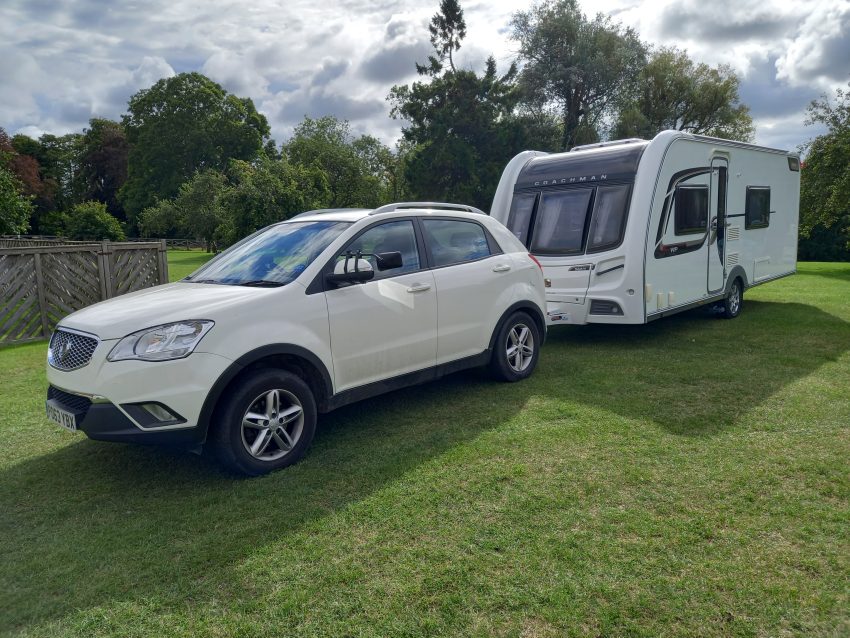Trailer and Caravan Towing Safety Checks
Trailer and Caravan Towing Safety Checks
Trailer and Caravan Towing Safety Checks, Checks you should carry out every time you tow a trailer, caravan or horsebox with a car, to make sure you’re towing safely and legally.
Tow ball and connections
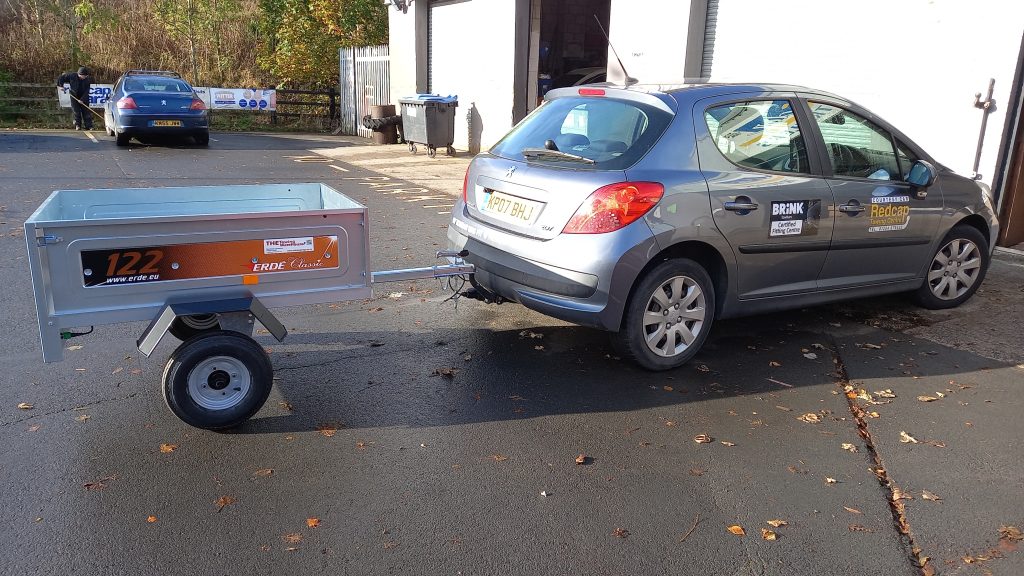
Check that:
- the trailer is correctly coupled to the towball or pin – follow the manufacturer’s advice
- the coupling height is correct
- the 7 or 13 core cable and plug is not damaged
Breakaway cable

Use a breakaway cable or secondary coupling. This engages the trailer’s brakes (if fitted) or stops the trailer if it becomes detached from the car.
Check that:
- the cable is not worn or damaged
- there’s enough slack in the cable so that it does not accidentally apply the brakes
- the cable will not drag on the ground when you’re driving
Follow the manufacturer’s advice to make sure it’s connected correctly.
Wheels and tyres
Check that the tyres on both the car and trailer:
- do not have any cuts or bulges
- are inflated to the manufacturer’s specification for the load being carried
Check that each tyre has a tread depth of at least 1.6mm:
- across the central three-quarters of the breadth of the tread
- around the entire circumference of the tyre
Check that the wheel nuts and bolts are tightened to the correct torque.
Check that mudguards are fitted to the trailer and they’re secure.
Lights and indicators
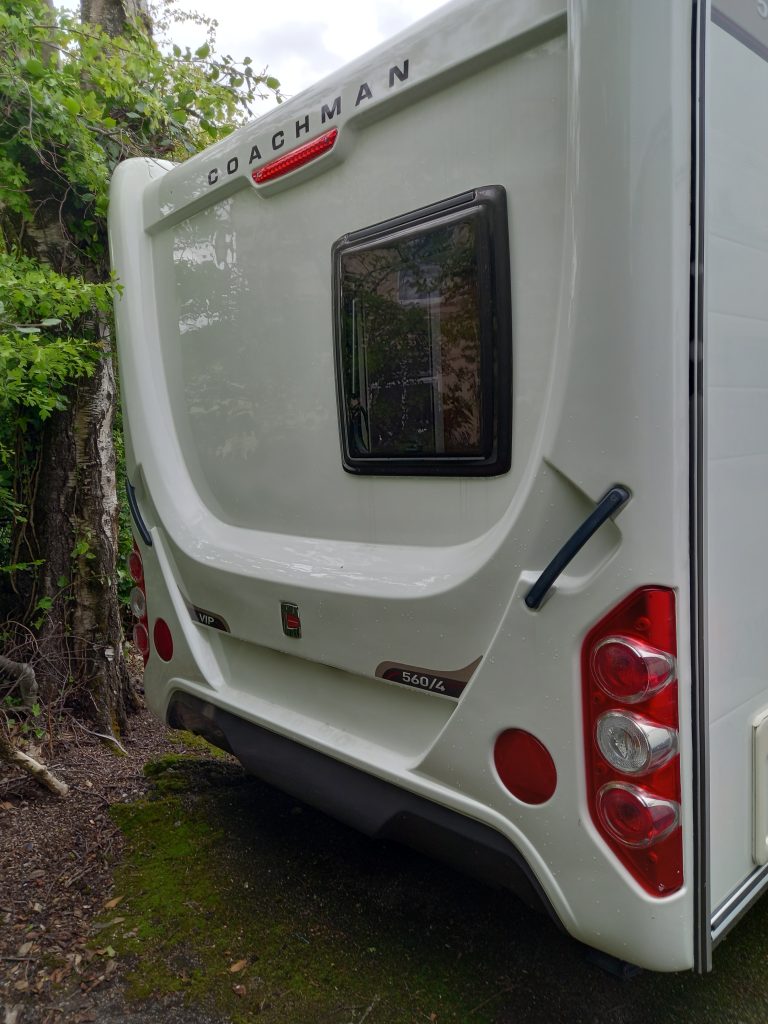
Check that there’s no damage to the lights, and that they’re all working correctly.
Load and weight limit
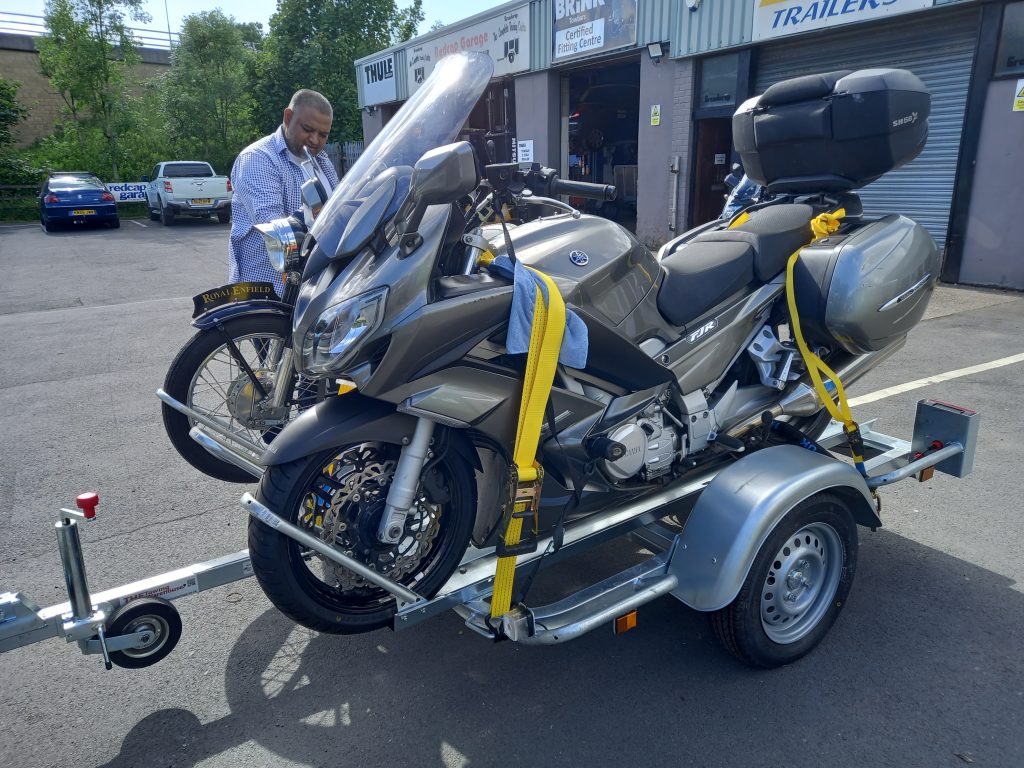
Check that:
- the trailer is not overloaded
- the load is distributed evenly
- the load is secure
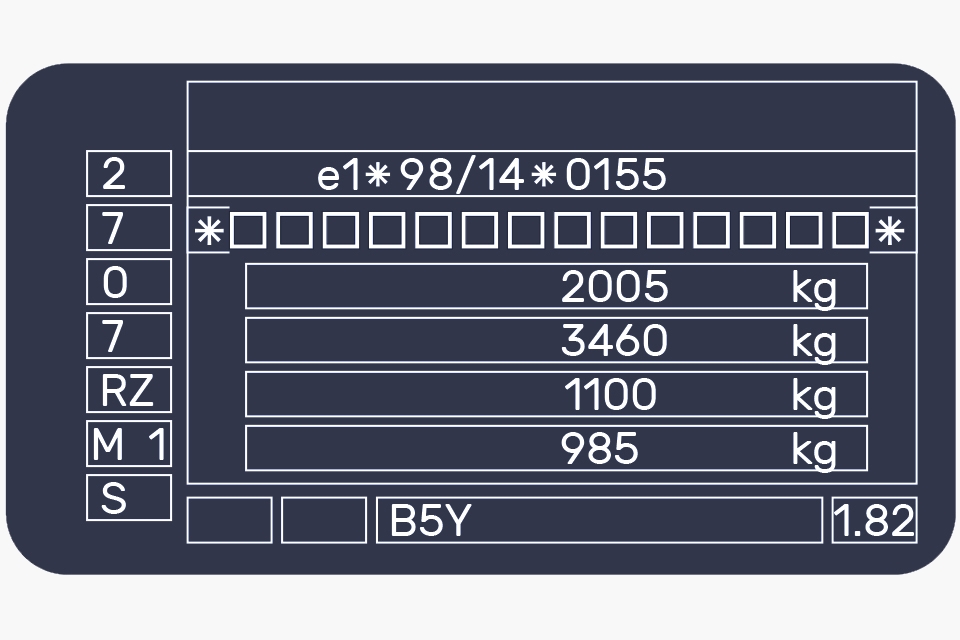
Description
Weight 1 Maximum weight of the car on its own
Weight 2 Maximum weight of the car and trailer combined
Weight 3 Maximum weight for the front axle of the car
Weight 4 Maximum weight for the rear axle of the car
Load weight limit Trailer with no braking system
The loaded trailer:
- must not weigh over 750kg
- should not weigh more than 50% of your car’s weight
Load weight limit Trailer with braking system
The car and loaded trailer must not weigh over the second weight shown on the car manufacturer’s plates.
Safety Points While you’re driving
You must not drive faster than the speed limit for the type of road you’re on – Cars, motorcycles, car-derived vans and dual-purpose vehicles when towing caravans or trailers – Built-up areas 30mph Single carriageways 50mph Dual carriageways 60mph Motorways 60mph
Allow a greater gap between you and the vehicle in front to allow for greater braking distances
Brake and accelerate as smoothly as possible, this will help to stabilise your unit and reduce wear and tear on the Tow unit.
If the trailer starts to snake or swerve, ease off the accelerator and reduce your speed gently. It’s a sign that either:
- you’re going too fast
- the trailer is loaded incorrectly
Do not brake harshly on a bend, as it makes the trailer unstable. Reduce your speed in plenty of time when approaching any hazard.
Motorways
You must not drive in the right-hand lane of a motorway with 3 or more lanes.
Towing bars
If you get a tow bar for your car, it needs to be ‘type approved’. This means it meets EU regulations and is designed for your car.
Type-approved tow bars have a label with:
- an approval number
- details of the vehicles it’s approved for
If your car was first used before 1 August 1998, your tow bar does not need to be type-approved.
Towing mirrors
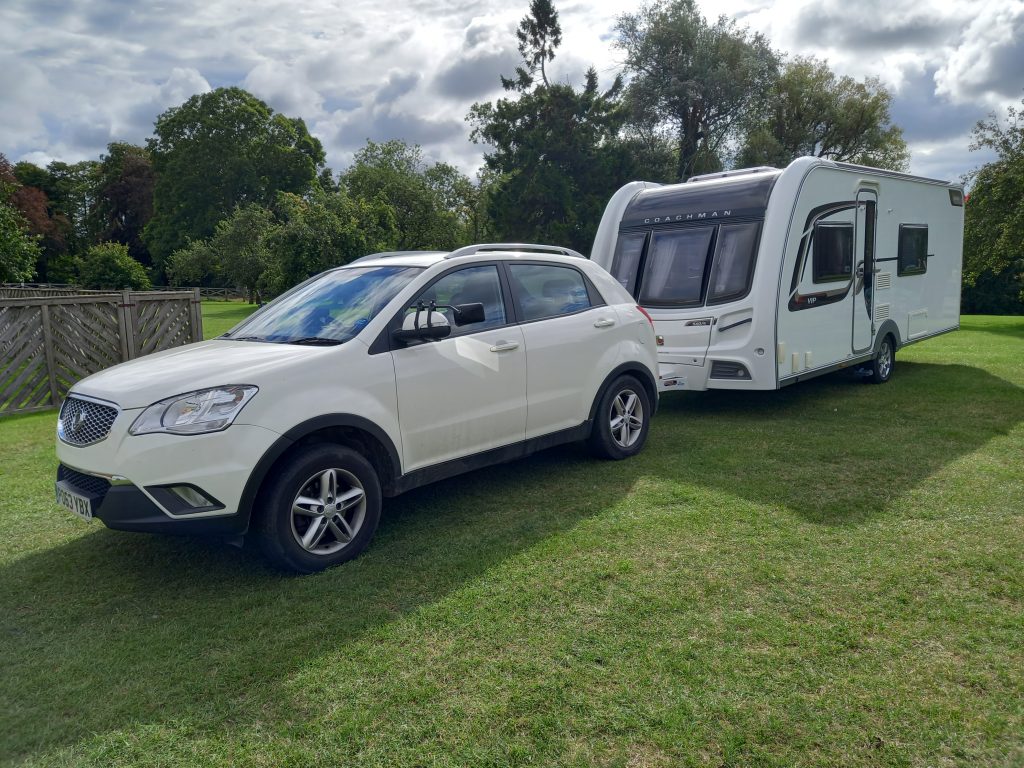
You must have an adequate view of the road behind you.
Fit suitable towing mirrors if your trailer or caravan is wider than the rear of your car.
You can be fined up to £1,000 and get 3 penalty points for towing without proper towing mirrors.
Trailer or caravan brakes
Your trailer must have a working brake system if it weighs over 750kg when it’s loaded.
Some smaller trailers also have brakes, but these are optional.
Any brakes must be in good working order, unserviced brakes can be dangerous
You must use a breakaway cable or secondary coupling in case the trailer becomes detached from your car.
Number plates
You must display the same number plate on your trailer as on your towing car.
If you tow more than one trailer at a time, fix the number plate to the trailer at the back.
